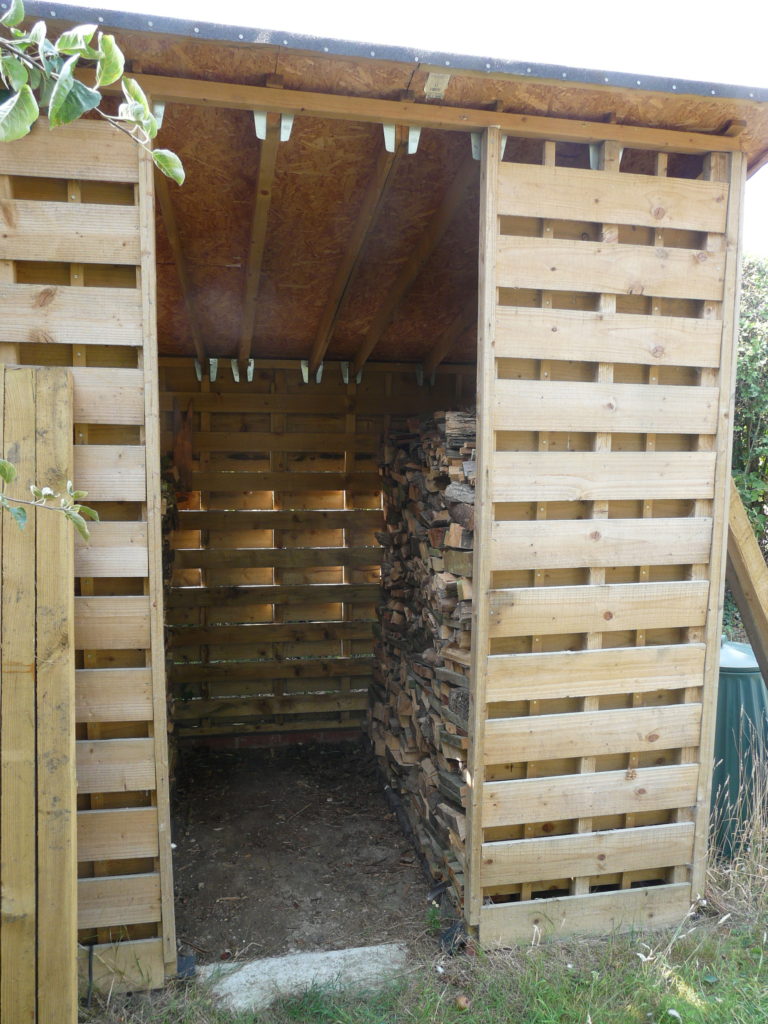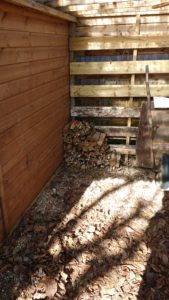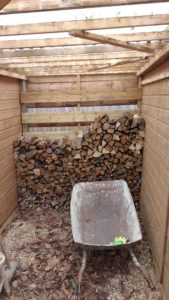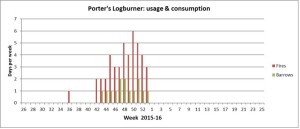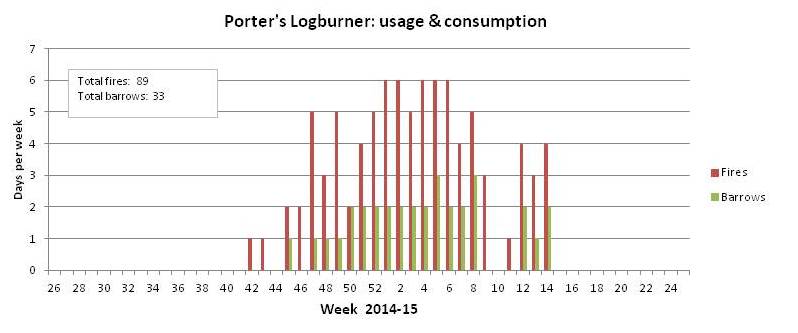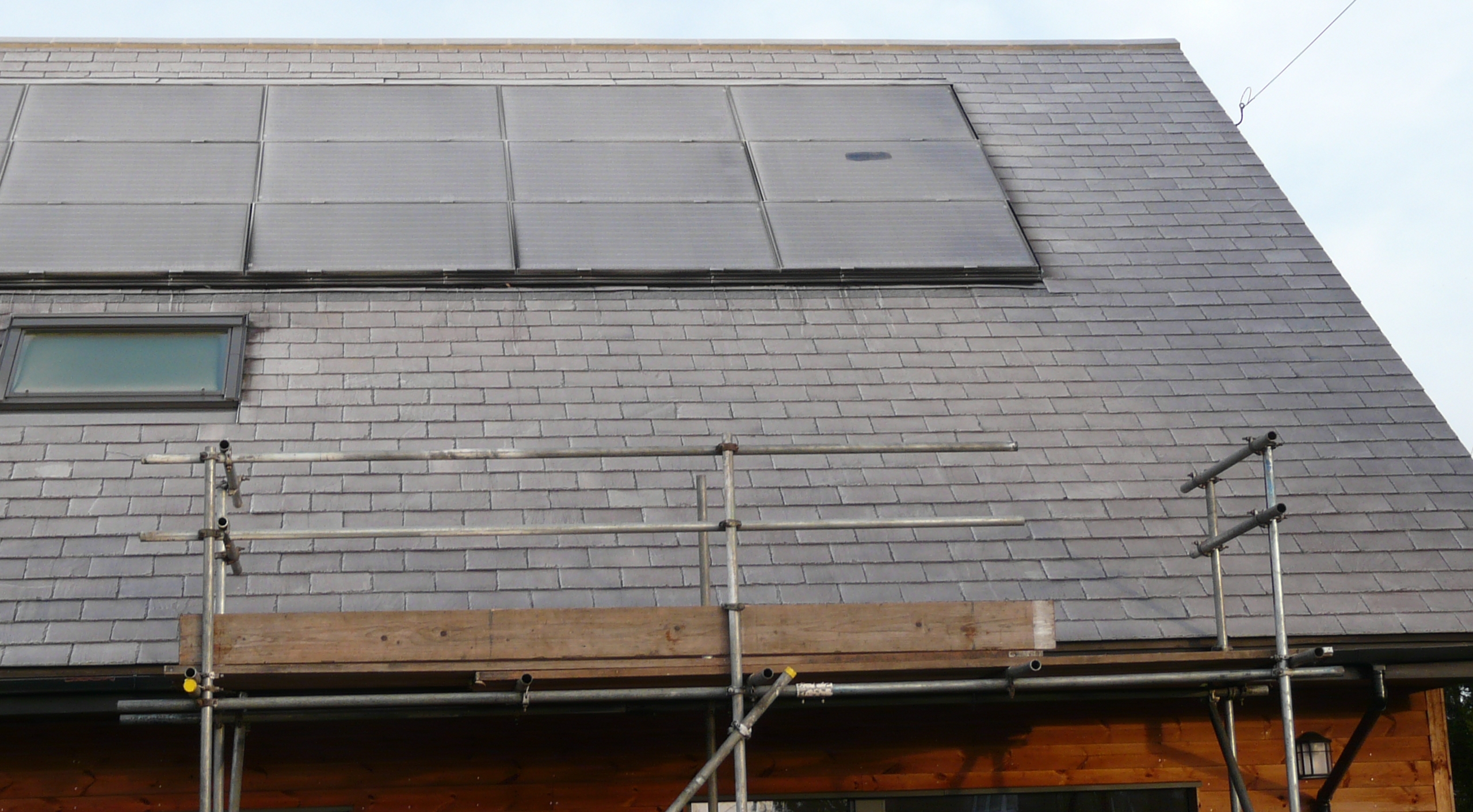This is not a happy story but it needs mentioning.
As earlier posts have noted, Porter’s is equipped with two strings of 9 Solar PV panels, adding up to 3.96kWp. There were problems with one of the strings back in 2014 and by early 2015, and after a lot of hassle, I got it fixed. This string was still generating noticeably less than the other, but the difference was less marked.
Since then, there has been a gradual deterioration in the performance of that string (string1). More recently I found about about optimizers. At the risk of telling people what they already know, in the days when these PV panels were fitted it was normal to have one or two strings, just as I have. You could have a system with a separate inverter on each panel but this made an already expensive system even more costly, so it didn’t happen very often.
Since then, the concept of optimizers has appeared, of which a well known make is Solar Edge. (See their website, where there will be all the information that you need!) In brief, an optimiser is connected to each panel and matches its impedance, so enabling it to produce as much power as possible. Better still, the optimiser outputs are all brought back to a single, simpler inverter. Each panel works at its best and shading on one panel no longer affects the whole string, but just that panel. They (Solar Edge) claim that a performance improvement of nearly 25% is possible.
Attractive, what? If I had these fitted I would find out very rapidly which of my panels was below par (if they were and it was not poor contacts), I could get it/them replaced against the warranty (less than 10% degradation in 10 years) and the optimizers themselves would deal with the early morning shading which affects one string.
So a search gives me names of companies which fit these things. One (no names) wanted £150 just come to look at the system, which being in-roof and not on-roof is relatively unusual. And I also want assurance that if any extra holes really need to be made, I know exactly what and where – this is a Passivhaus after all, and maintaining its air-tightness is important.. I looked for another company. My view was, and is, that charging to look at a £3,000+ job is not a good attitude.
I found another company who had a much more positive and can-do attitude. I was quoted a sum to do the job. Scaffolding was put up and operatives arrived. I was told that there some problems and they went away. The boss was in touch fairly shortly afterwards and I was told that it was not possible to fit optimisers, because there was insufficient room behind the panels – between the panels and the roof. He was not interested in finding out whether any of the panels were defective. No charge was made and after a while the scaffolding company came and took it away.
Essentially I am stuck with a slightly defective system – well, one half of it is slightly defective. The company which made the panels (Romag) has been bought out by another company (Dellner) which, I have been told, is not interested in the solar panels part of the business – so that are no easy replacements available; and I cannot have optimisers fitted.
Ideas?

